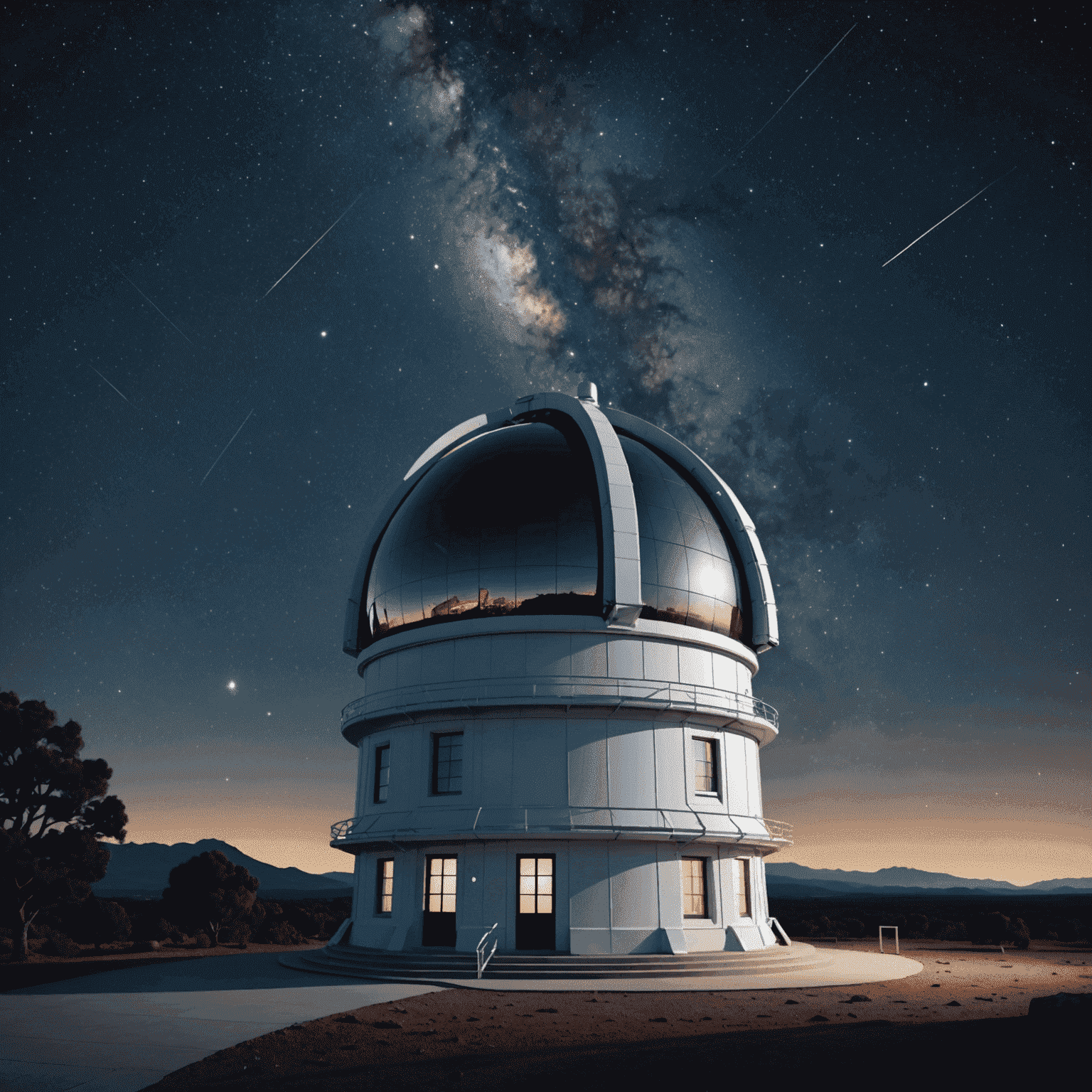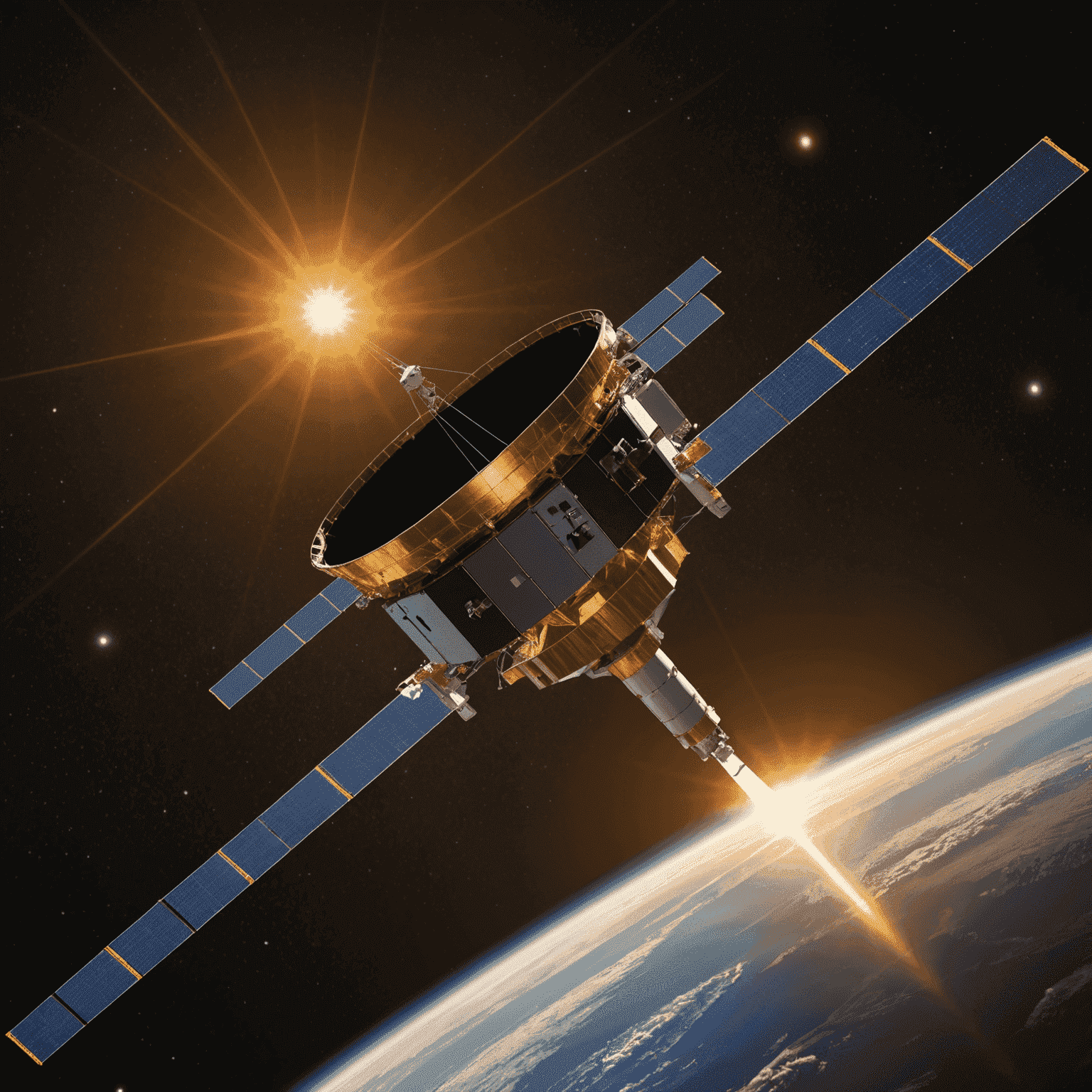The Future of Distance Measurement in Astronomy

As we venture further into the cosmos, the parsec continues to be a cornerstone of astronomical measurement. However, emerging technologies and methodologies are paving the way for even more precise cosmic distance calculations. Let's explore some of these cutting-edge developments that might complement or potentially supersede the parsec in the future.
Gravitational Wave Astronomy
The detection of gravitational waves has opened up a new frontier in astronomy. These ripples in spacetime can provide incredibly accurate distance measurements, especially for cosmic events involving black holes and neutron stars. As our ability to detect and analyze gravitational waves improves, they could become a powerful tool for mapping the universe with unprecedented precision.
Quantum Entanglement-Based Measurements
Quantum entanglement, once described by Einstein as "spooky action at a distance," might hold the key to ultra-precise cosmic measurements. Theoretical proposals suggest that entangled particles could be used to create a cosmic-scale quantum network, allowing for instantaneous distance measurements across vast expanses of space.
Advanced Interferometry
Next-generation interferometers, both on Earth and in space, promise to push the boundaries of precision in distance measurement. Projects like the Laser Interferometer Space Antenna (LISA) aim to detect gravitational waves from space, potentially allowing us to map the universe with unparalleled accuracy.

Artificial Intelligence and Machine Learning
AI and machine learning algorithms are revolutionizing how we process and analyze astronomical data. These technologies could lead to more accurate distance measurements by identifying subtle patterns and correlations in vast datasets that human astronomers might miss.
Neutrino Astronomy
As our ability to detect cosmic neutrinos improves, these elusive particles could provide a new way to measure cosmic distances. Neutrinos interact very weakly with matter, allowing them to travel vast distances unimpeded, potentially offering a clear view of the early universe and precise distance measurements.
The Future of the Parsec
While these emerging technologies offer exciting possibilities, it's important to note that the parsec is likely to remain a fundamental unit in astronomy for the foreseeable future. Its simplicity and direct relation to stellar parallax make it an enduring and intuitive measure of cosmic distance. Future advancements may complement the parsec, offering new ways to verify and refine our measurements, rather than entirely replacing this time-honored unit.
As we continue to push the boundaries of astronomical measurement, the parsec stands as a testament to human ingenuity in comprehending the vast scales of our universe. Whether complemented by new technologies or standing alongside them, the parsec will undoubtedly play a crucial role in our ongoing quest to map the cosmos.